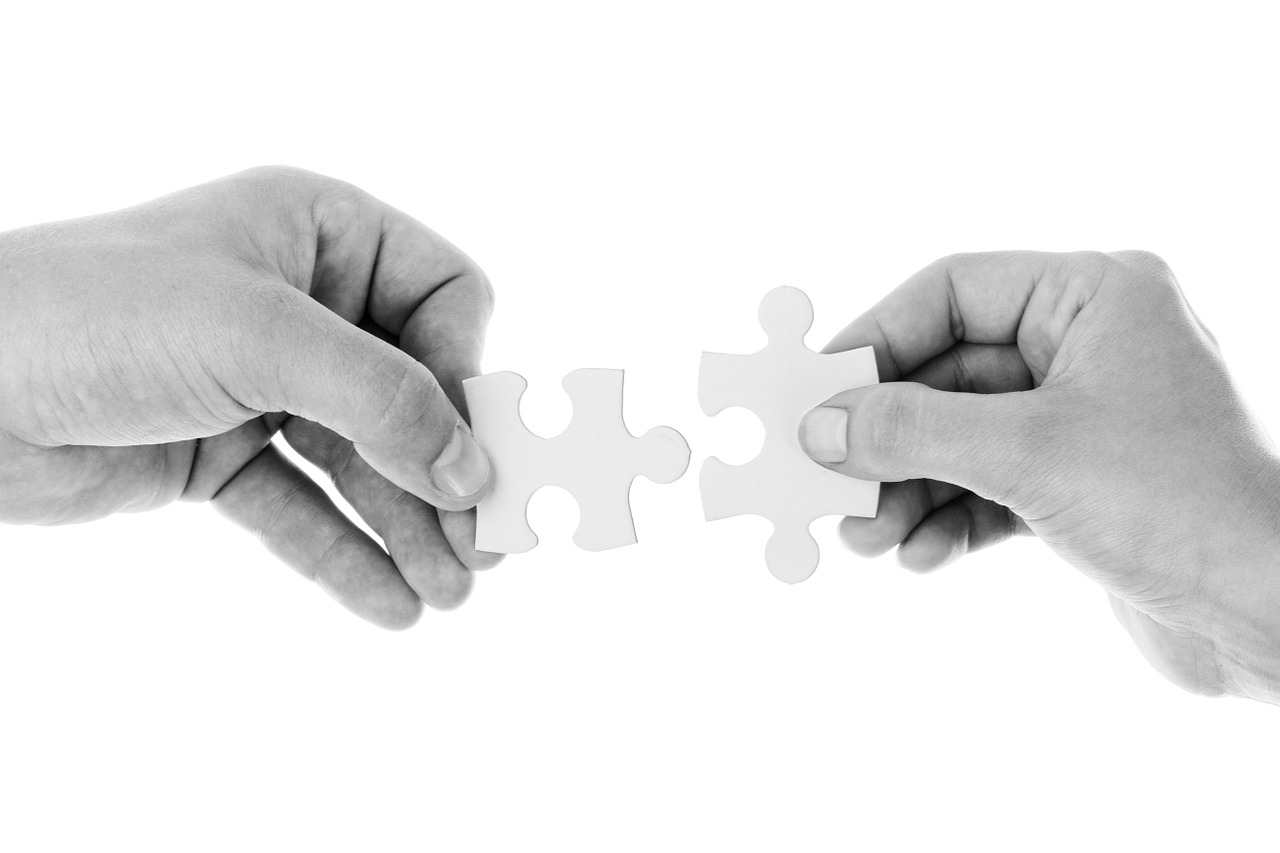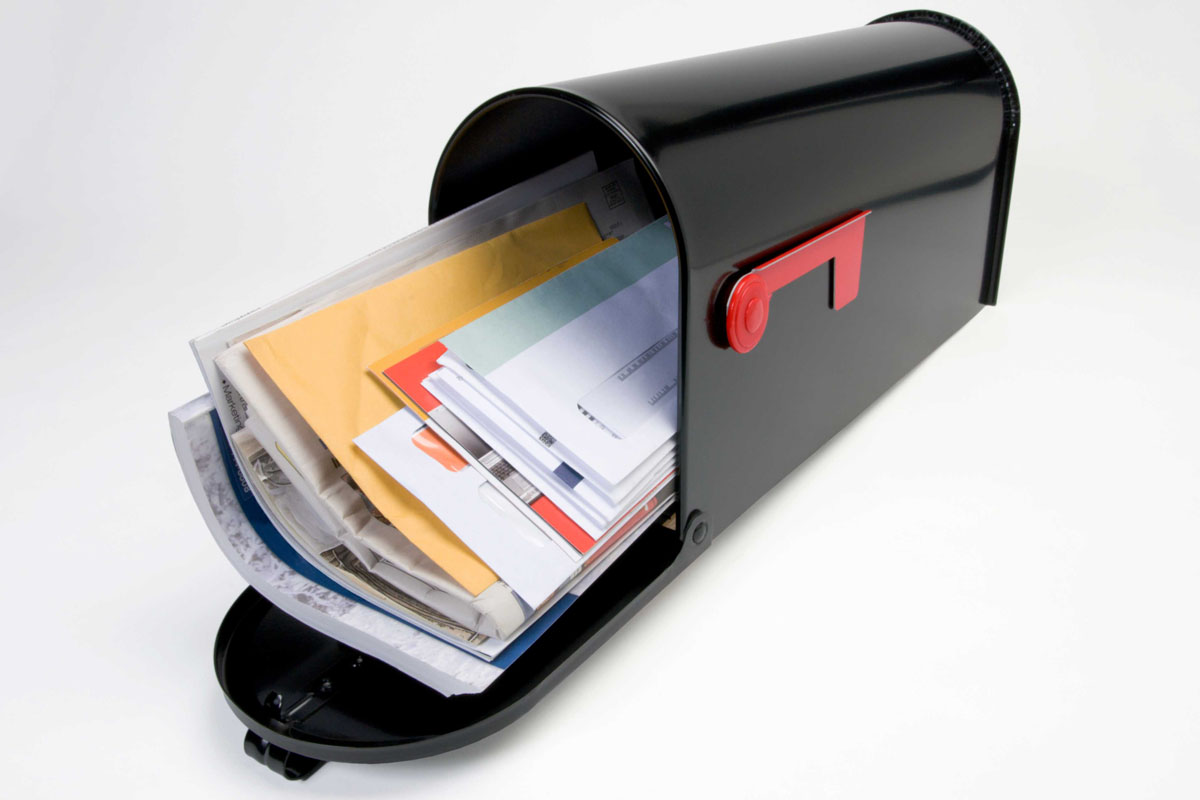For some reason, the major gift professional fundraising field has created a myth that the more donors give, the less emotional the fundraising needs to be. Perhaps it’s because we think that our direct-response colleagues’ use of certain techniques will turn off those donors. Or maybe we think of major donors as somehow “above all that emotion stuff.” I don’t know.
What I do know is that it’s exactly that…a myth.
Direct response fundraisers have read all the scientific studies. And, they have the results to prove that people give from that part of the brain that controls emotions…and from the heart.
While I do believe that major donors require more information, want to see “the plan” and require more details on how their investment is going to be used, emotion is still the ultimate driver in making their gift.
My direct-response colleagues know this very well. My major gift colleagues struggle with it.
But, you don’t have to struggle. As you cultivate and steward your donors, not only do you want to continue to give your donors great information and report on the effectiveness of their investment. You also need a plan to touch their hearts. Yes, a plan.
As you create your communication strategy for your donors, each month I want you to plan personal, reporting back, and thank you touches…but also an emotional touch.
What is an emotional touch?
It could be a heart-warming story of someone’s life changed. It could be an event where a client who was helped by your organization speaks directly to donors and tells her story. Or, it could be as simple as a 3-5 minute video that really breaks your heart.
If you’re really good, you’ll be looking for these “emotional touch-points” throughout your week. How cool would it be to have a video of one of the projects your donors are funding and send it to them minutes after the special moment took place?
Imagine a donor receiving that message with the header, “You made this happen!” I mean that dopamine in your donor’s brain would really get flowing! Now, imagine being able to do this every month for your donors. How powerful. And not only powerful for your donor, but powerful in the results for your organization when donors are touched.
Donors talk to other potential donors. Think about all the times your colleagues around the office talk about a video on YouTube or story they saw in the news that touched them. That is what your “emotional touch-points” are doing with your donors.
They will not only be touched themselves…they will tell others.
I actually saw this happen first hand at a special event for donors. Donors were talking about a video this organization sent around telling a story of a small child who was helped. It was so gripping it had donors in tears.
Now, picture this. Circles of donors standing around, glass of white wine in one hand, napkins to dab their eyes in the other…it was powerful!
I think you get the picture. Emotion is key! Emotion creates action. Emotion spurs large gifts to your organization.
Now, revisit your communication plan. Start plugging in emotional touches. It will deepen the bond your donor has with your organization and it will reaffirm the reason they invested in the first place.
Don’t leave emotion to the direct-marketers. Carry the emotional torch for your major donors.
Jeff
Search Blog Posts







0 Comments